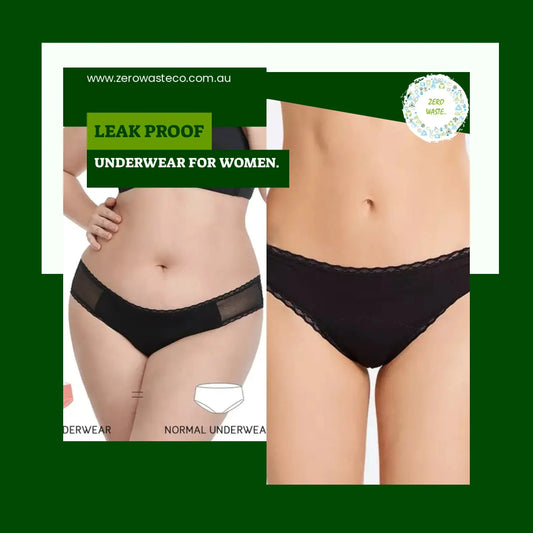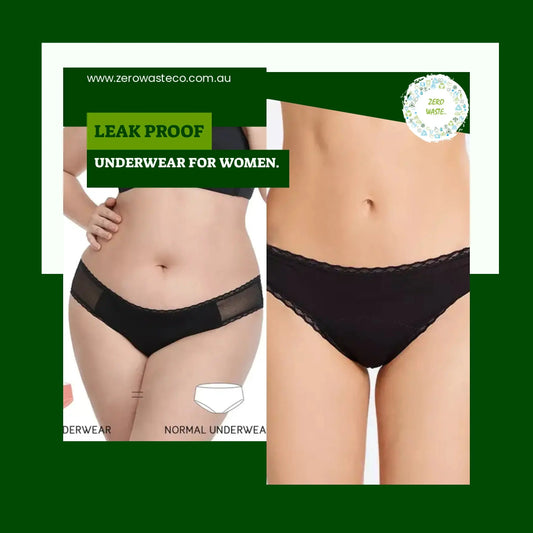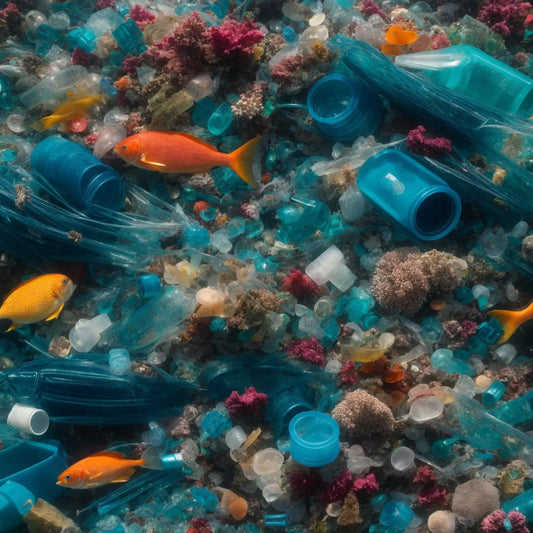Why Eco-Friendly Silicone Products are a Sustainable Choice
What is silicone and plastic?
Silicone and plastic are both widely used materials in various industries. Silicone is a synthetic material made from silicon, oxygen, carbon, and hydrogen. It is known for its flexibility, heat resistance, and durability. On the other hand, plastic is a synthetic material derived from polymers, which are large molecules made up of repeating units. Plastic is versatile and can be molded into different shapes and forms.
What are the advantages of silicone based products?
Silicone based products offer several advantages over plastic:
-
Heat resistance: Silicone can withstand high temperatures without melting or deforming, making it suitable for use in kitchen utensils, baking mats, and oven mitts.
-
Durability: Silicone is highly durable and can withstand repeated use and exposure to harsh conditions. It is less likely to break or crack compared to plastic.
-
Flexibility: Silicone is more flexible than plastic, allowing it to bend and stretch without losing its shape. This makes it ideal for products such as silicone spatulas and collapsible containers.
-
Non-toxic: Silicone is generally considered safe for food contact and does not leach harmful chemicals into food or beverages.
-
Recyclability: As silicone products become more popular with consumers the availability of recycling facilities are becoming more widely available.
-
Eco-Impact: Silicone doesn't turn into micro plastic when lost in the environment.
What are the advantages of plastic?
Plastic also has its own set of advantages:
-
Cost-effective: Plastic is generally cheaper to produce and manufacture compared to silicone.
-
Versatility: Plastic can be molded into a wide range of shapes and sizes, making it suitable for various applications.
-
Lightweight: Plastic is lighter than silicone, which can be beneficial for certain products that require portability.
-
Recyclability: Some types of plastic can be recycled, reducing their environmental impact.
Which is better: silicone or plastic?
The answer to this question depends on the specific application and requirements. Silicone based products excel in heat resistance, durability, and flexibility, making them ideal for certain uses. Plastic, on the other hand, offers cost-effectiveness, versatility, and lightweight properties.
For example, in the kitchen, silicone baking mats and utensils are preferred due to their heat resistance and non-stick properties. However, plastic containers and packaging are commonly used for their affordability and versatility.
Ultimately, the choice between silicone and plastic comes down to the intended use, budget, and personal preferences. It is important to consider the specific needs and characteristics of the product before making a decision.
Conclusion
Both silicone and plastic have their own advantages and applications. Silicone based products are known for their heat resistance, durability, and flexibility, while plastic offers cost-effectiveness and versatility. The decision between silicone and plastic should be based on the specific requirements and intended use of the product.
In today's society, it's important to be environmentally conscious and choose products that are sustainable, compostable, biodegradable, and eco-friendly. This is why many people are now turning to silicone-based products as a better alternative to plastic. In this blog, we'll explore why you should consider eco-friendly silicone-based products and how they can benefit you.
Firstly, eco-friendly silicone products are a sustainable choice because they are made from natural resources like sand. Unlike plastic, they do not contain harmful chemicals like BPA, phthalates, or PVC, which can leach into food or drinks and cause health problems. Silicone is also a durable material that can withstand high temperatures and last for years, reducing the need for frequent replacements.
Lastly, using eco-friendly silicone products can also benefit the environment in other ways. For example, many silicone kitchen products are reusable and can replace single-use plastic items like sandwich bags or cling wrap. This reduces the amount of plastic that ends up in landfills and oceans, reducing pollution and protecting wildlife.
















comment